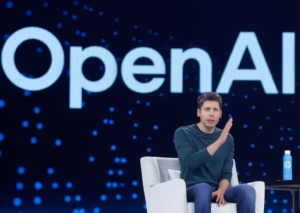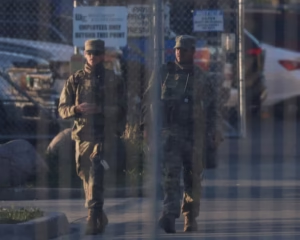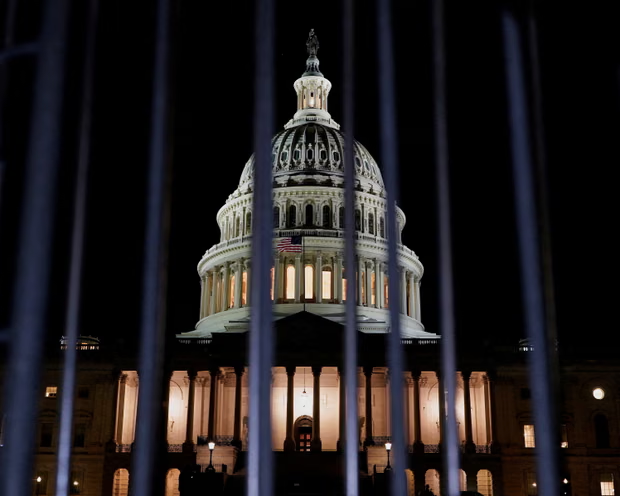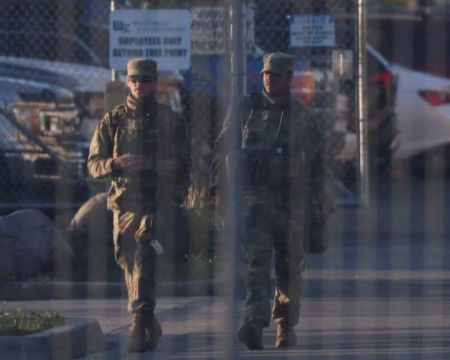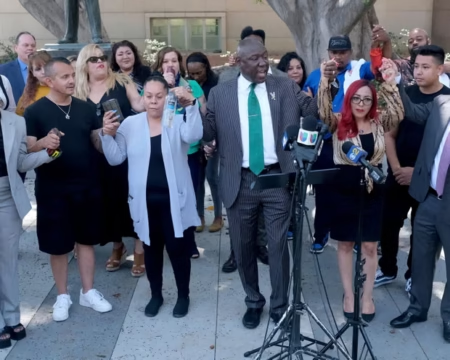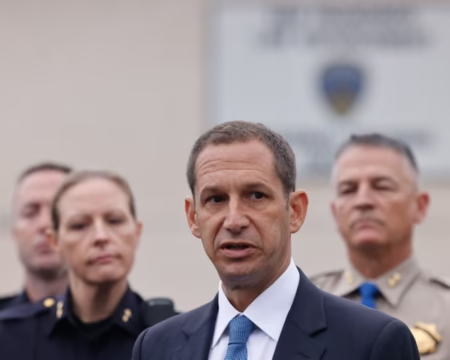The United States government shut down on Wednesday after congressional Democrats refused to back a Republican plan to extend funding for federal departments. Democrats insisted on a series of concessions focused on healthcare before approving the measure. The failure to reach an agreement led to a lapse in funding at midnight, marking the first government shutdown in nearly seven years. The last closure, in December 2018, lasted 35 days during President Trump’s first term.
Republicans, who control both the House and Senate, rejected the Democrats’ demands, setting off a scramble that failed to prevent the funding lapse. The House had previously passed a bill to fund the government through November 21, but it required Democratic support to clear the 60-vote threshold in the Senate. That support did not materialize. At the same time, Republicans blocked a Democratic proposal to maintain funding through October while implementing multiple policy changes.
Senate leaders sharply criticized the opposition party. Republican majority leader John Thune accused Democrats of prioritizing partisan interests over the public, saying they were willing to sacrifice Americans’ needs to force a confrontation with the president. Democrats responded by blaming the GOP for plunging the country into a shutdown, warning that the partisan bill threatened millions’ healthcare. Senate Democrat Chuck Schumer said Republicans were rejecting bipartisan talks and risking America’s healthcare.
The White House warned of mass federal layoffs if funding lapsed. President Trump said that when the government shuts down, many employees would lose their jobs and added, “They’re going to be Democrats.” Shortly after the failed votes, Russ Vought, director of the Office of Management and Budget, sent a letter to federal agencies blaming Democrats’ policy demands for the shutdown and warning that the duration was unpredictable.
Democrats have demanded an extension of premium tax credits under the Affordable Care Act, which expire at the end of the year, a reversal of Republican cuts to Medicaid, protection for public media funding, and limits on the president’s ability to use rescissions to reduce foreign aid. Analysts estimate the total cost of these provisions at around $1 trillion. Without an extension, about 20 million people could face higher health insurance costs, while 10 million could lose coverage due to Medicaid and ACA changes.
While some Republican leaders expressed willingness to negotiate on ACA credits, they insisted that new government funding be approved first. The shutdown revealed cracks in the Democratic caucus. Three members broke ranks and voted for the Republican funding proposal, citing concerns about the consequences of leaving federal agencies without funds. Democratic senator Catherine Cortez Masto said she could not support a costly shutdown that would harm families and strengthen what she called a reckless administration. Independent Angus King, who caucuses with Democrats, said he voted in favor because the shutdown paradoxically gave the president more power. Pennsylvania’s John Fetterman also supported the GOP bill, citing national interest over party allegiance.
Public opinion remains divided. A New York Times/Siena poll last week found that only 27% of Americans thought Democrats should shut down the government, while 65% opposed it. Among Democrats, the split was closer, with 47% supporting a shutdown. A Marist poll showed 38% would blame Republicans, 27% Democrats, and 31% both parties for the closure.
Republican senator Ted Cruz described the Democrats’ tactics as a “temper tantrum” unlikely to succeed. He predicted the shutdown would end in capitulation, saying the lights would eventually be turned back on after the party vented its frustration. For now, federal agencies and millions of Americans face an uncertain period, with critical operations paused and healthcare coverage at risk, as US Government Shutdown 2025 enters its first day.


